The Polish Indie Game Scene's Gilded Cage: Are Visuals Killing Innovation?
The cursor blinks, an ominous rhythm echoing in the cavernous silence of the studio. Another texture map loaded, another shader perfected, another scintilla of artistic freedom surrendered at the altar of polish. But what if this relentless pursuit of visual fidelity, this obsession with mimicking AAA sheen, is not progress, but a slow, insidious form of creative suicide for the Polish indie game scene? A gilded cage built by ambition, trapping innovation within its flawlessly rendered bars?
The Immaculate Deception: Visuals vs. Vision
The whispers started subtly. Conference feedback forms, investor decks, even the hushed tones of the development team itself. “Needs more polish.” The insidious mantra, repeated until it becomes gospel. Polish, the universal solvent for all perceived shortcomings. The assumption: that only by achieving a certain level of visual fidelity can a Polish indie game hope to compete on the global stage. This is the immaculate deception, a Faustian bargain where artistic vision is sacrificed for fleeting validation.
It’s a dangerous game, fueled by the perceived necessity to impress. Developers pour resources into graphical enhancements, neglecting fundamental gameplay mechanics. Unique artistic styles are sanded down to conform to prevailing trends. The result? Games that look impressive in screenshots, but feel hollow, derivative, and ultimately forgettable. Think of it as digital camouflage, a desperate attempt to blend in with the AAA behemoths, masking the vulnerability of a fledgling studio.
The Price of Perfection: Resource Drain and Creative Stagnation
Imagine a lone developer, painstakingly crafting a pixel-perfect environment. Each texture painstakingly hand-painted, each light source meticulously placed. Weeks turn into months, and the core gameplay loop remains a skeletal framework. This is the reality for many Polish indie studios: a crippling imbalance between visual polish and fundamental game design. The pursuit of graphical excellence becomes a black hole, sucking in resources that could have been used to refine gameplay, experiment with narrative, or explore innovative mechanics.
Consider the case of Etherborn, a visually stunning puzzle game developed by Altered Matter. While lauded for its Escher-esque landscapes, some critics argued that its core puzzle mechanics felt underdeveloped, a consequence, perhaps, of prioritizing visual spectacle over gameplay depth. Another example is "Seven: Enhanced Edition". A visually interesting stealth game. However the focus on isometric perspective and detailed environments came at the cost of clunky parkour mechanics and a somewhat convoluted story.
This resource drain isn’t just about money and time. It’s about creative energy. The relentless focus on technical perfection can stifle experimentation and risk-taking. Developers become afraid to deviate from established formulas, fearing that any departure from the norm will be perceived as "unpolished". The result is a homogenization of the indie scene, a sea of visually appealing but mechanically uninspired games.
The Siren Song of AAA: Imitation vs. Innovation
The allure of AAA is undeniable. Their marketing budgets are colossal, their production values are unparalleled, and their games dominate the market. It’s tempting for indie developers to try to emulate this success, to create games that look and feel like miniature AAA titles. But this is a fool’s errand. Indie games cannot, and should not, compete with AAA on a purely visual level. Their strength lies in their ability to be different, to be bold, to be innovative.
The Polish indie scene has a rich history of experimentation and creativity. From the surreal worlds of Layers of Fear to the thought-provoking narratives of This War of Mine, Polish developers have consistently pushed the boundaries of interactive storytelling. But this spirit of innovation is being threatened by the pressure to conform to AAA standards. The focus on polish has become a self-imposed constraint, limiting the scope of artistic expression.
Consider the success of Darkwood, developed by Acid Wizard Studio. Its deliberately lo-fi graphics and oppressive atmosphere created a unique and unforgettable horror experience. The game didn’t need cutting-edge visuals to be terrifying; its power came from its atmosphere, its sound design, and its unsettling narrative. This is a prime example of how artistic vision can triumph over technical limitations.
Breaking the Cycle: Reclaiming the Indie Spirit
The key to breaking this cycle of over-polish lies in redefining success. Instead of measuring a game’s worth by its graphical fidelity, we need to focus on its originality, its gameplay mechanics, and its artistic vision. This requires a fundamental shift in mindset, both within the development community and among consumers.
Practical Steps for Polish Indie Devs:
- Prioritize Gameplay First: Before even thinking about textures and shaders, focus on crafting a compelling and engaging gameplay loop. Prototype early, test often, and iterate relentlessly.
- Embrace Stylization: Don’t try to mimic AAA graphics. Instead, develop a unique artistic style that complements your gameplay and narrative. Explore different visual styles, from pixel art to stylized 3D.
- Optimize, Don’t Maximize: Focus on optimizing your game’s performance, rather than pushing the graphics to their absolute limits. A well-optimized game that runs smoothly is far more enjoyable than a visually stunning game that stutters and crashes.
- Seek Honest Feedback: Don’t rely solely on feedback from friends and family. Seek out objective criticism from other developers, game journalists, and players.
- Embrace Constraints: Limitations can be a catalyst for creativity. Instead of viewing technical constraints as a hindrance, embrace them as an opportunity to innovate.
The Pitfalls and How to Avoid Them:
- The “Sunk Cost” Fallacy: Avoid pouring too much time and resources into a single aspect of the game before testing its overall viability. Be willing to cut your losses and pivot if necessary.
- Feature Creep: Don’t try to cram too many features into your game. Focus on delivering a polished and well-executed core experience.
- Scope Creep: Be realistic about the scope of your project. It’s better to release a small, polished game than an ambitious, unfinished one.
- Tunnel Vision: Don’t become so focused on the technical details that you lose sight of the bigger picture. Remember why you started making the game in the first place.
The Perils of the Perfectly Polished Parallax
Parallax scrolling, once a revolutionary technique to add depth to 2D games, now often falls victim to the “polish” trap. Developers meticulously craft multiple layers, each moving at different speeds, aiming for a stunning visual effect. However, this visual flourish can mask deeper issues, such as repetitive level design or uninspired enemy placement. The player is momentarily impressed by the layered backgrounds but soon realizes the core gameplay offers little substance.
Create a free account, or log in.
Gain access to free articles, game development tools, and game assets.
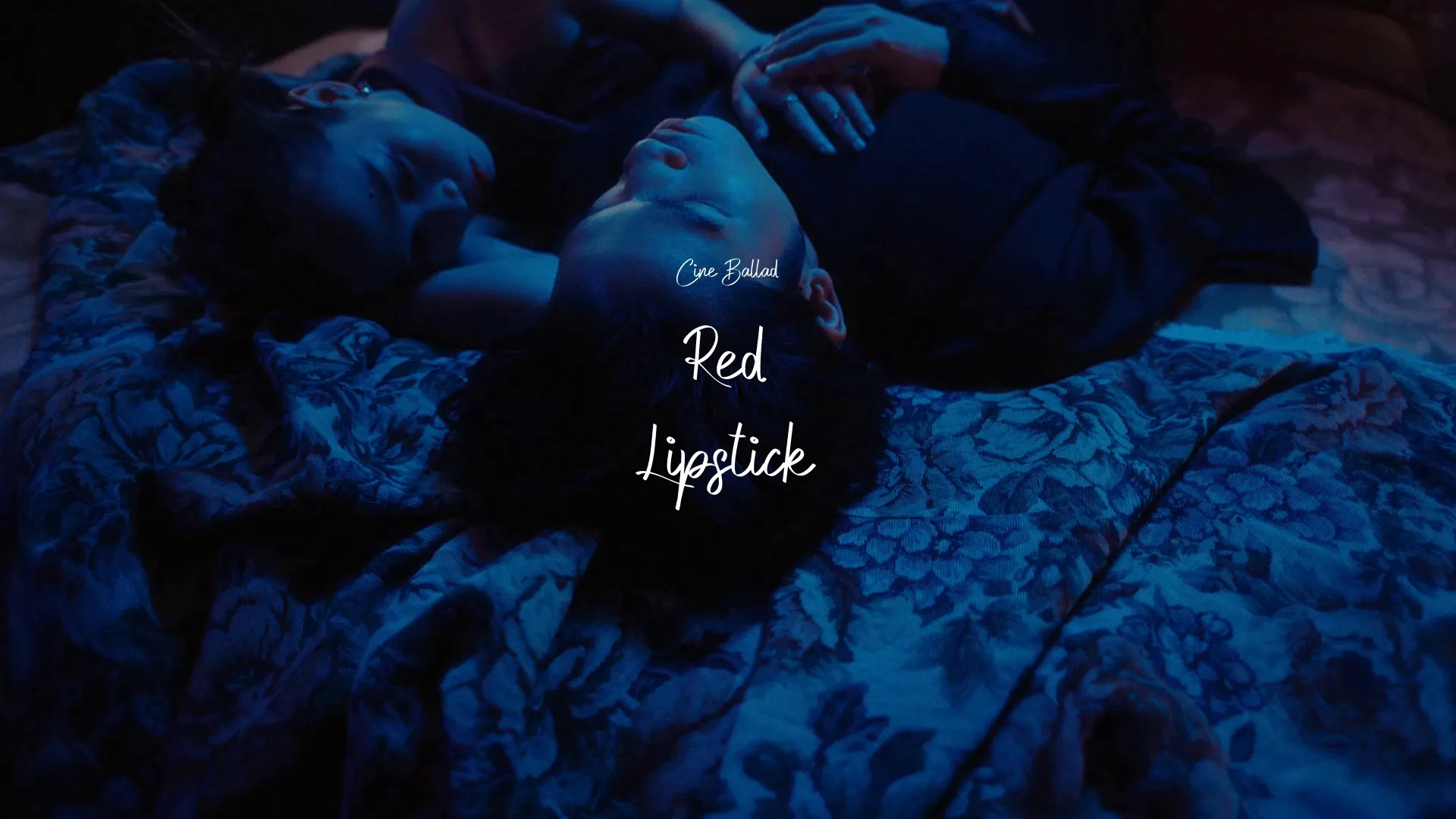


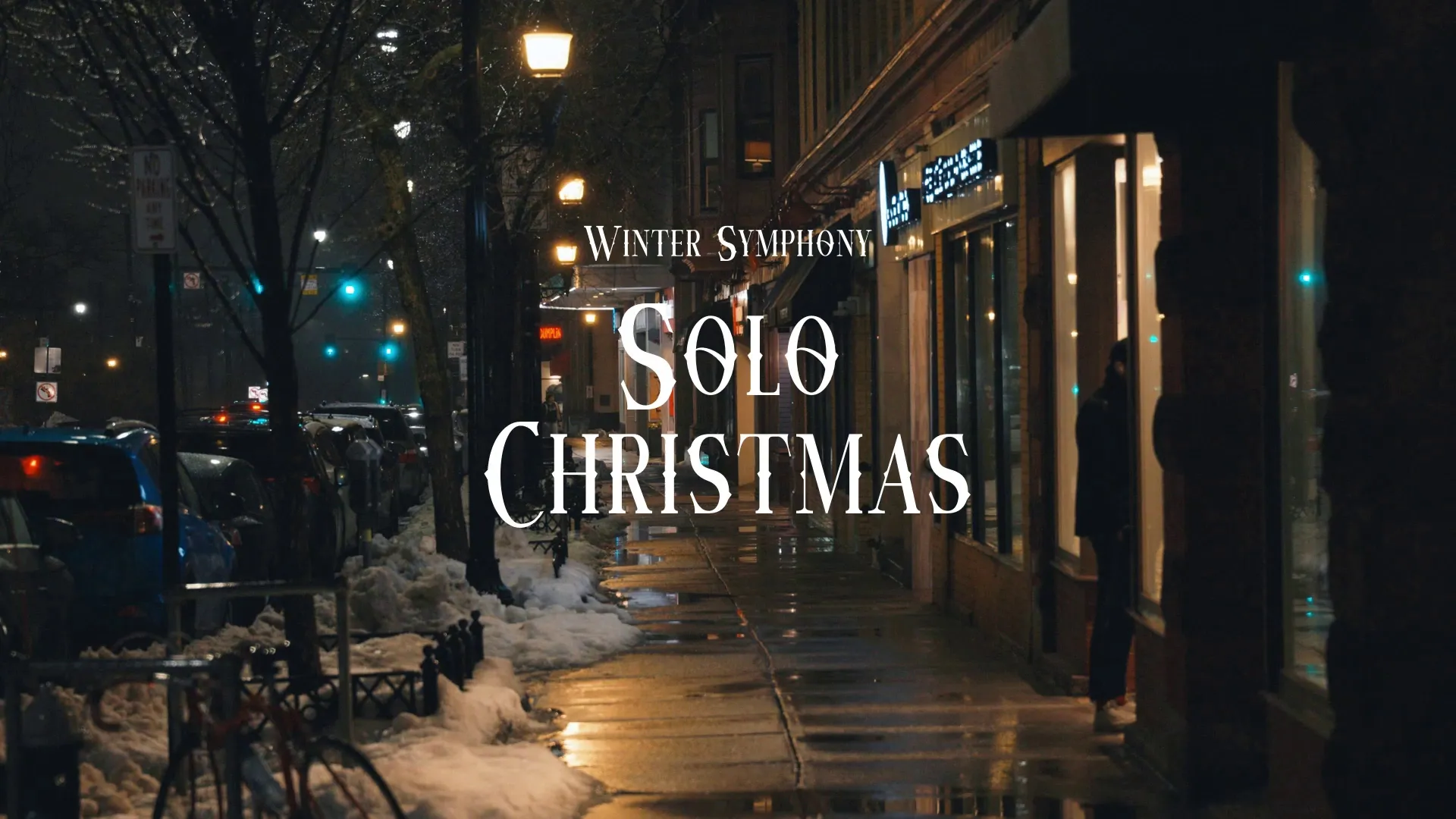



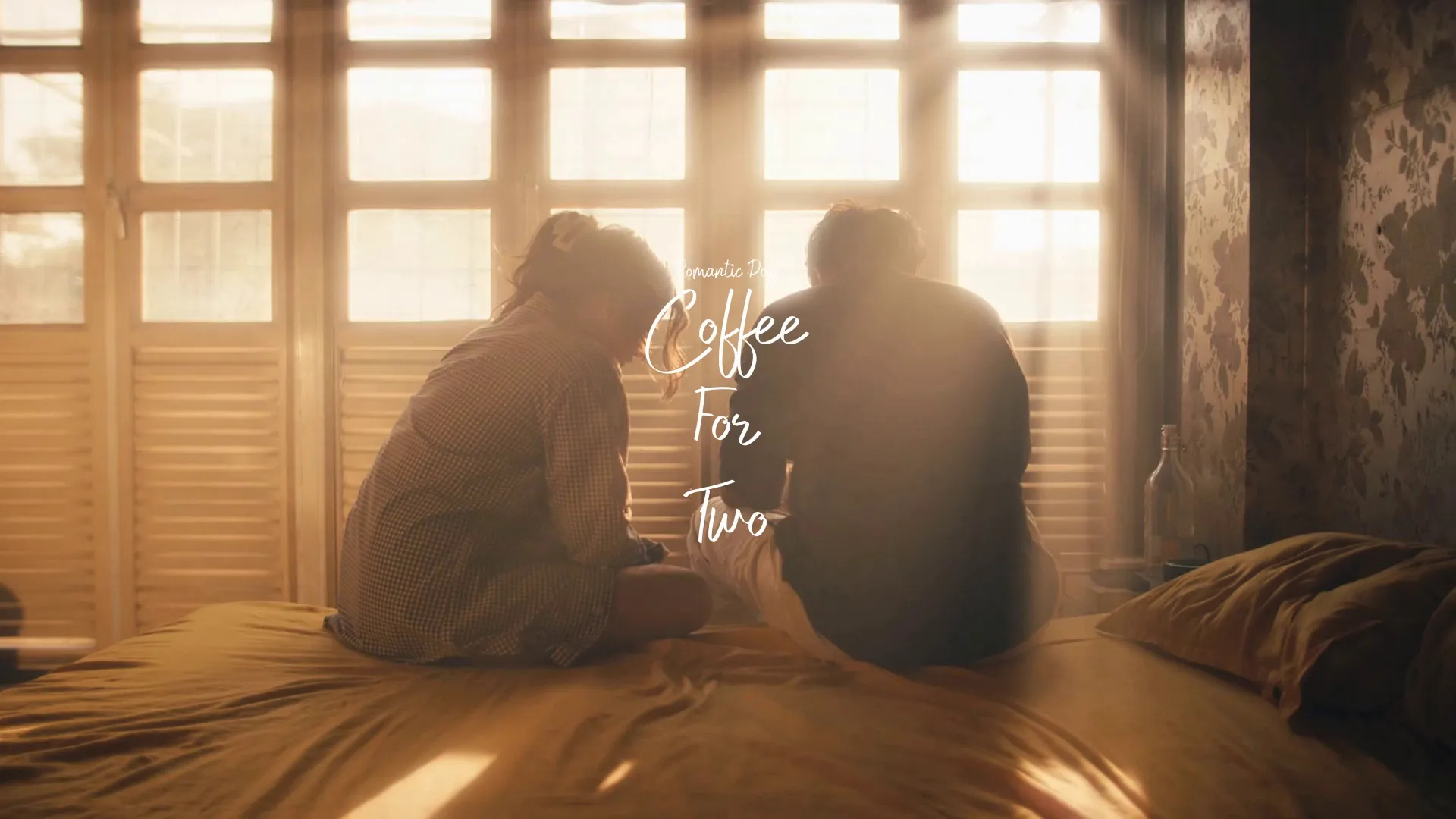

.webp)
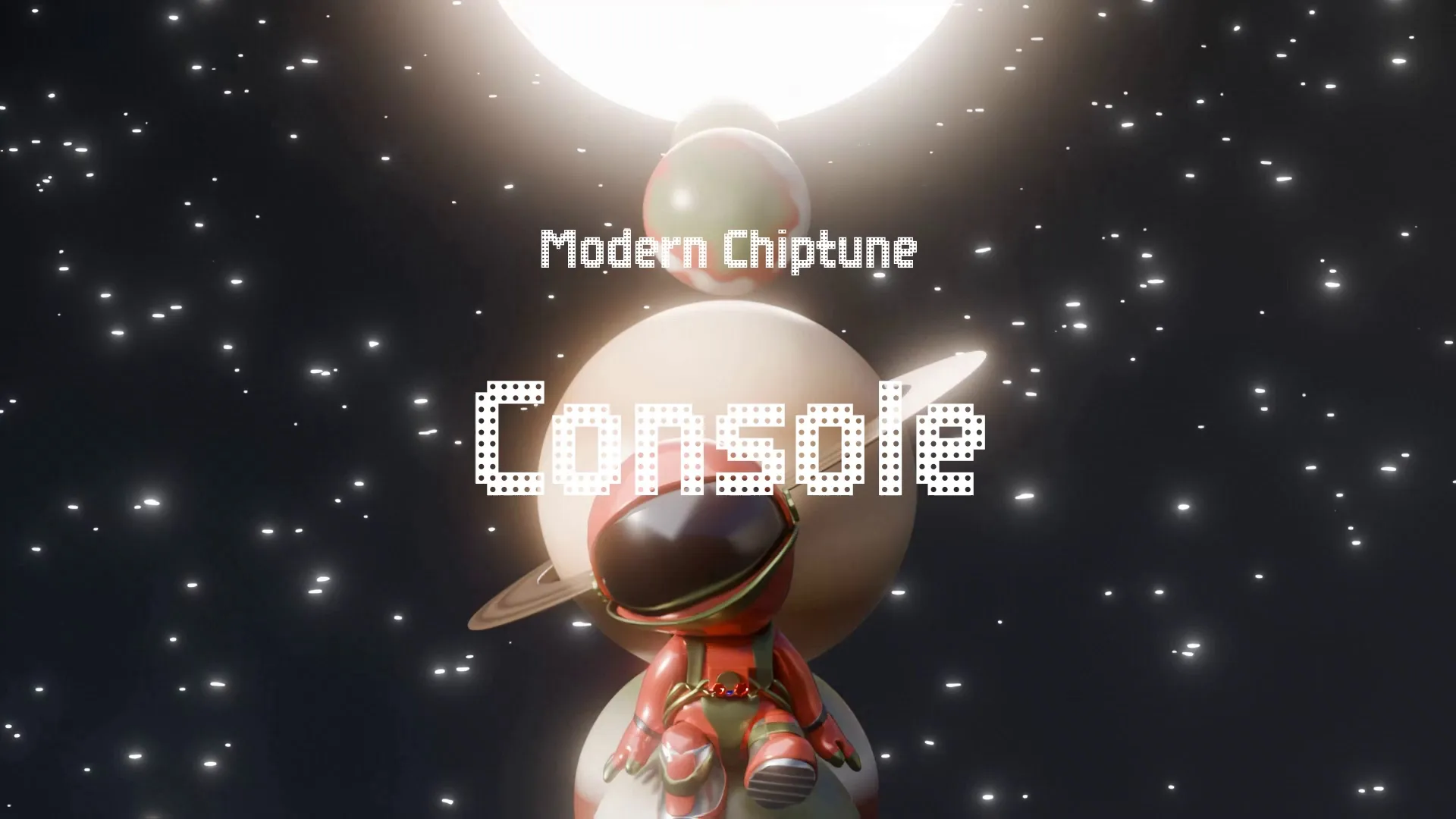
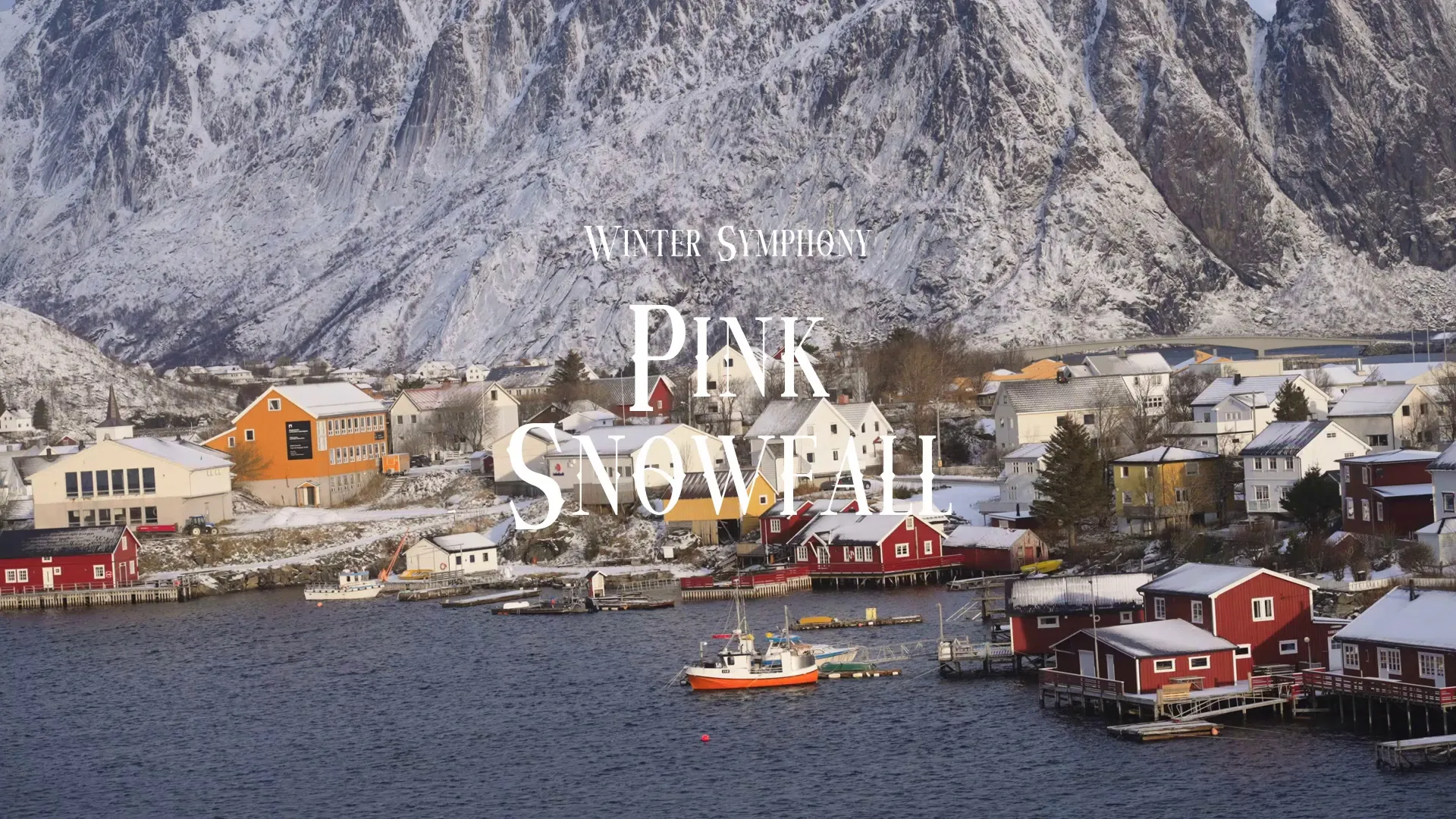






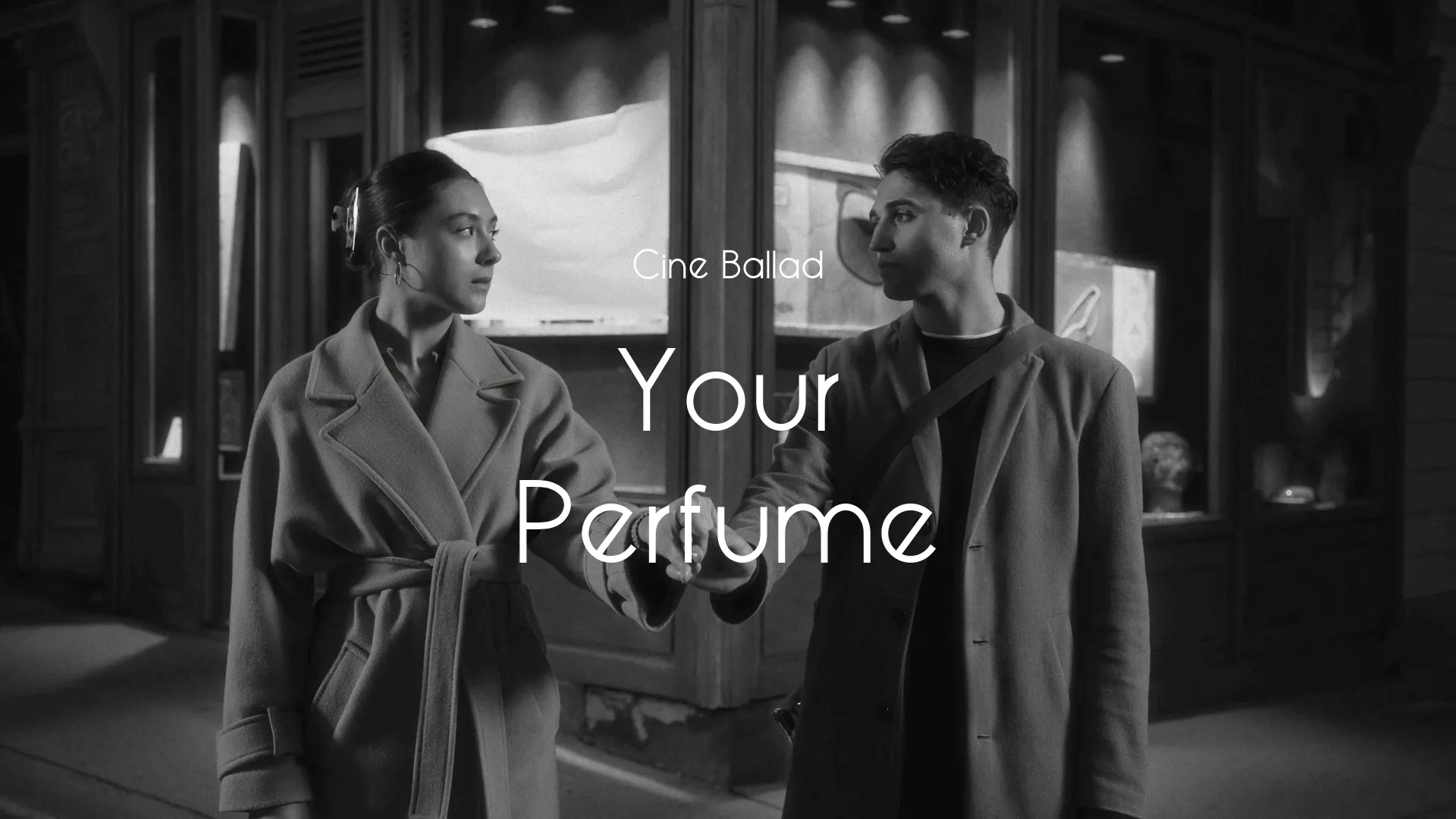

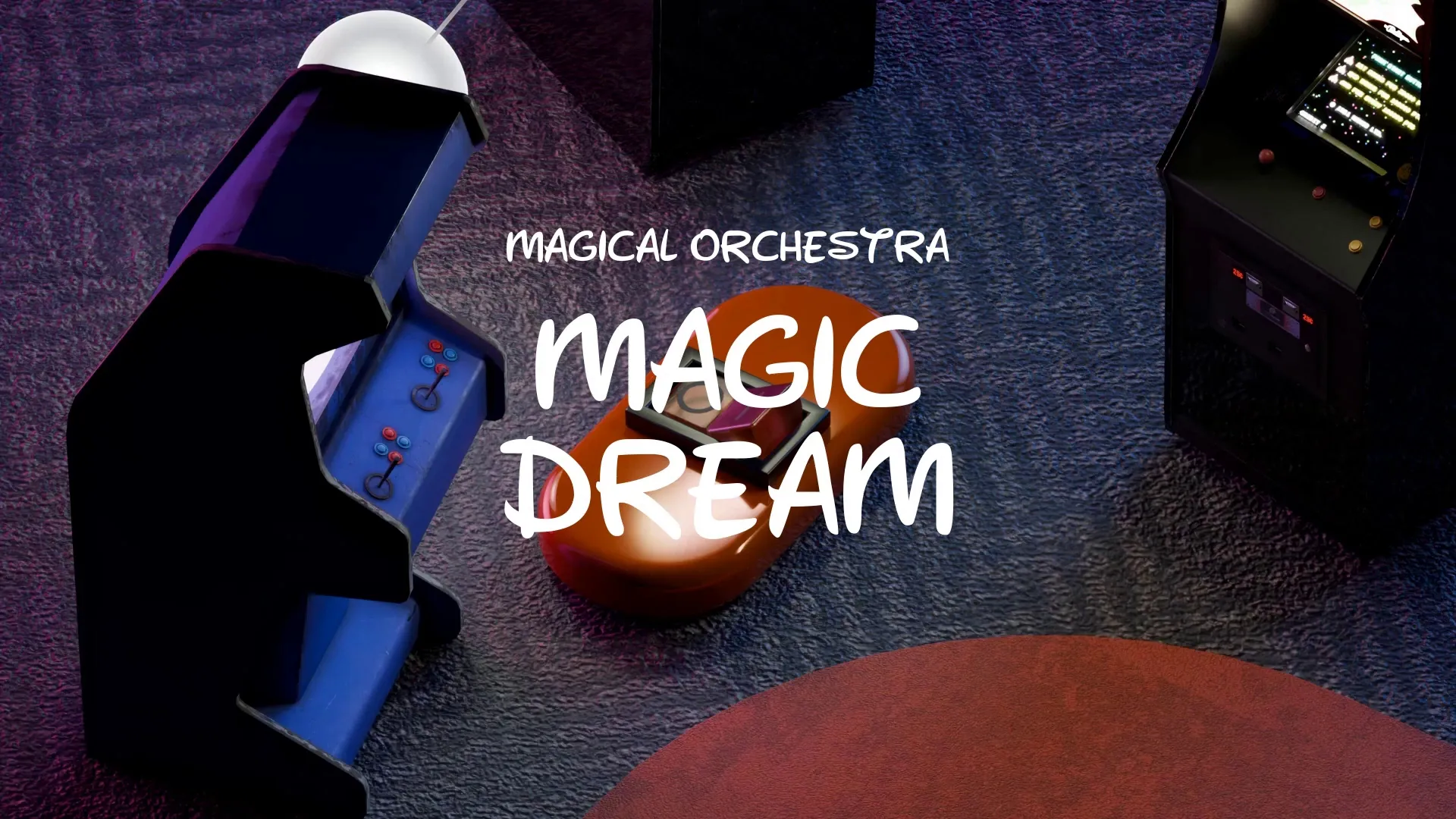
.webp)
.webp)
